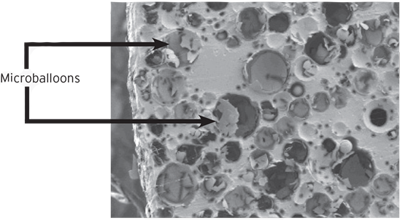[dropcap]A[/dropcap] sharks skin, petted from head to tail, is smooth. Go the other way and it’s rougher and more textured than coarse-grit sandpaper. Different species, of course, exhibiting grainier or less grainier skin.
SharkSkin Fly Line
In 2007, Scientific Anglers (SA), then a subsidiary of 3M and now part of Orvis, rolled out a new fly line. It was called SharkSkin and was a remarkable and almost frictionless and lotus-like on the water line. Casting instructors loved it because beginner performances were dramatically improved. It just made casting easier and greatly improved distance – no matter your skill level.
It was touted by many as game changer, and it was, but its detractors held sway, criticizing the burn on the offhand fingers while retrieving line. And yes, it could draw blood. And the other common complaint was the noise it made shooting through the guides. Both criticisms were legitimate.
The burn factor was ‘reduced’ with finger gloves, but didn’t totally solve the inherent problem. And there was no possible way to reduce the noise made zinging through the guides.
Fly shop were reluctant sales agents for SharkSkin because they felt compelled to warn, and that dampened sales dramatically
Scientific Anglers, knowing they were onto something, went back to the drawing-board. They married their Mastery fly line technology to their SharkSkin fly line technology – producing an offspring they named SharkWave.
SharkWave is not as “aggressive” as SharkSkin, but does exhibit the best attributes of it: lotus effect, allowing easy pick-ups of more on-water line – making critical recasts a cinch; reduced friction on ‘haul’ casts and on out-going line – making a lot of work much less work, with improved distance possible when compared to competing fly lines. Another inherent feature we like is that it will last longer and requires less maintenance (cleaning) then currently available fly lines. SA claiming it will last twice as long as conventional lines.
What we don’t like about SharkWave
What we don’t like about it is that it’s very expensive, $100 plus tax, and many really object to the noise factor that an out-going ‘dimpled’ line makes.
What is sometimes forgotten is that the entire delivery system in fly fishing is greatly dependent on the fly lines we choose. Unfortunately, those choices today are mind boggling and, frankly, intimidating. Add to that ‘tips’ for different depth presentations and there’s more head-scratching. However, a little ‘Googling’ research, and most especially, talking to your fly shop folks, or guide, will solve your puzzle, should you have one.
Here’s what SA says about its SharkWave fly line
Meet the SharkWave, the world’s first Triple-Textured and Triple-Colored fly line. Featuring Sharkskin texture on the tip section, Mastery Textured divots for the belly and running line, a smooth Tactile Reference Point at where the head meets the running line, SA•ID line identification, AST dry slick technology, Improved Dry Tip technology, and Streamlined Loops, the SharkWave is unlike any fly line we’ve ever produced.
[information]
SharkWave comes in 2-weight thru 15-weight; 150-grain to 850-grain; 20-pound to 40-pound; and various tips (tungsten) in T+10 to T+18, Express (sink tips) 10+, 12+, 14+ and 18+, and made for water types – cold, hot and “medium” (whatever that is?).
[/information]




